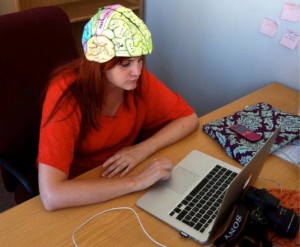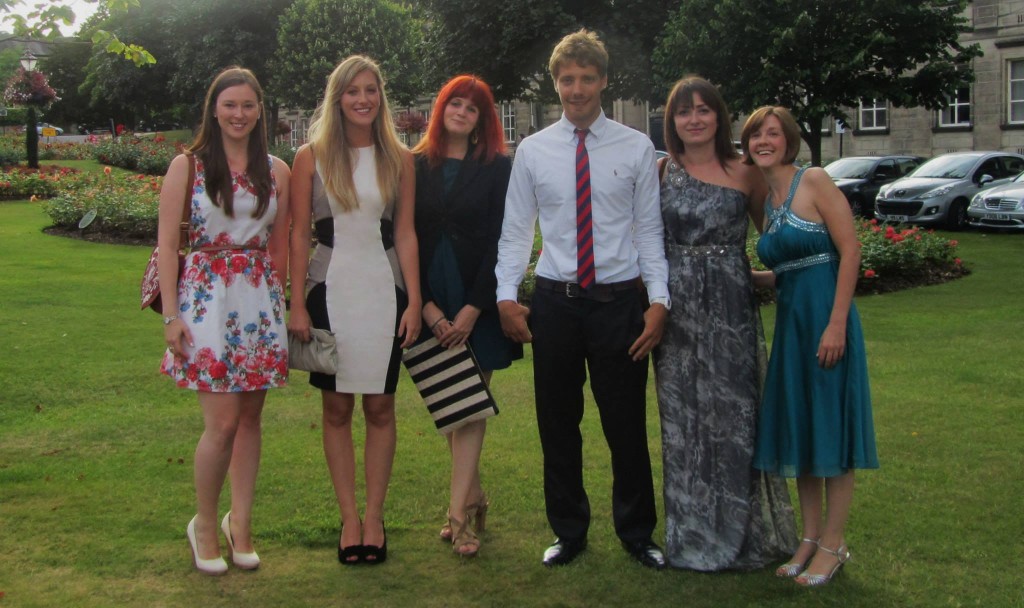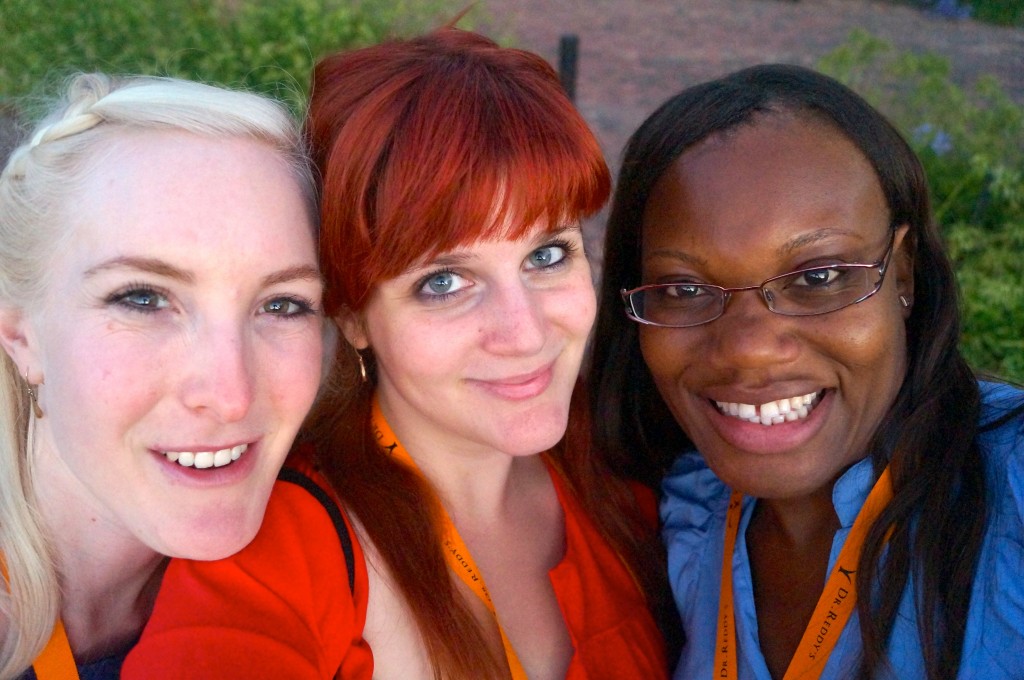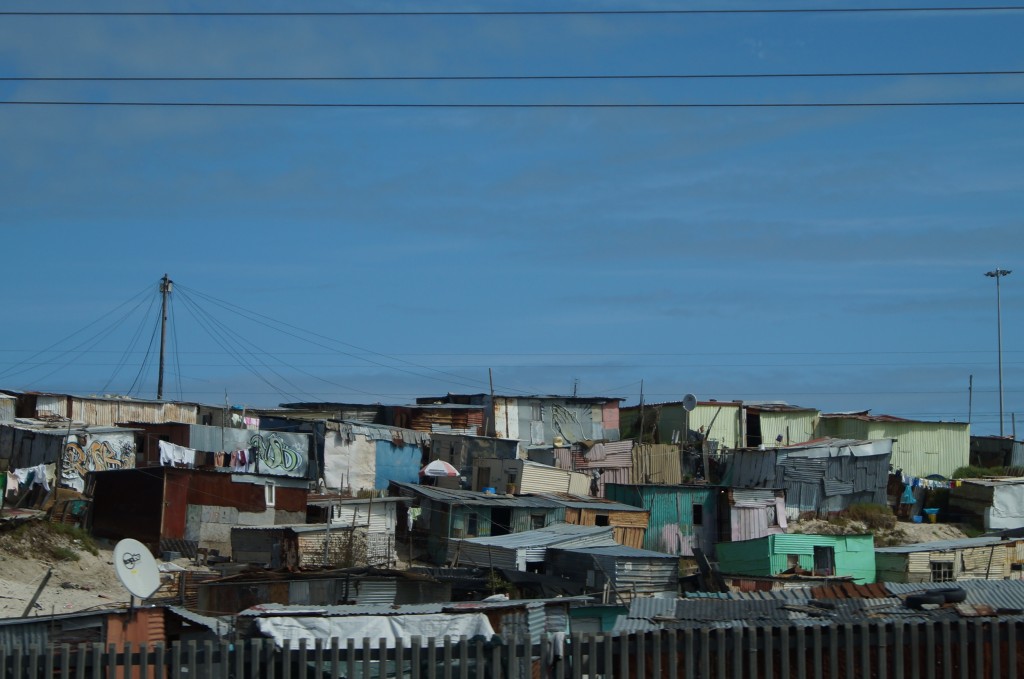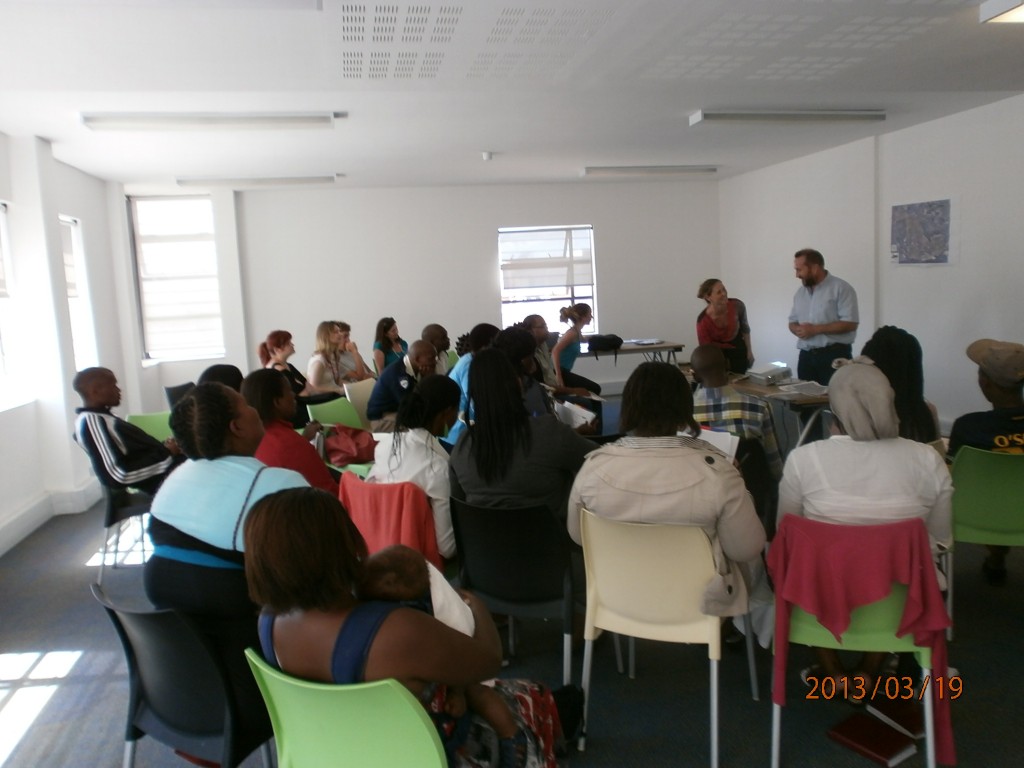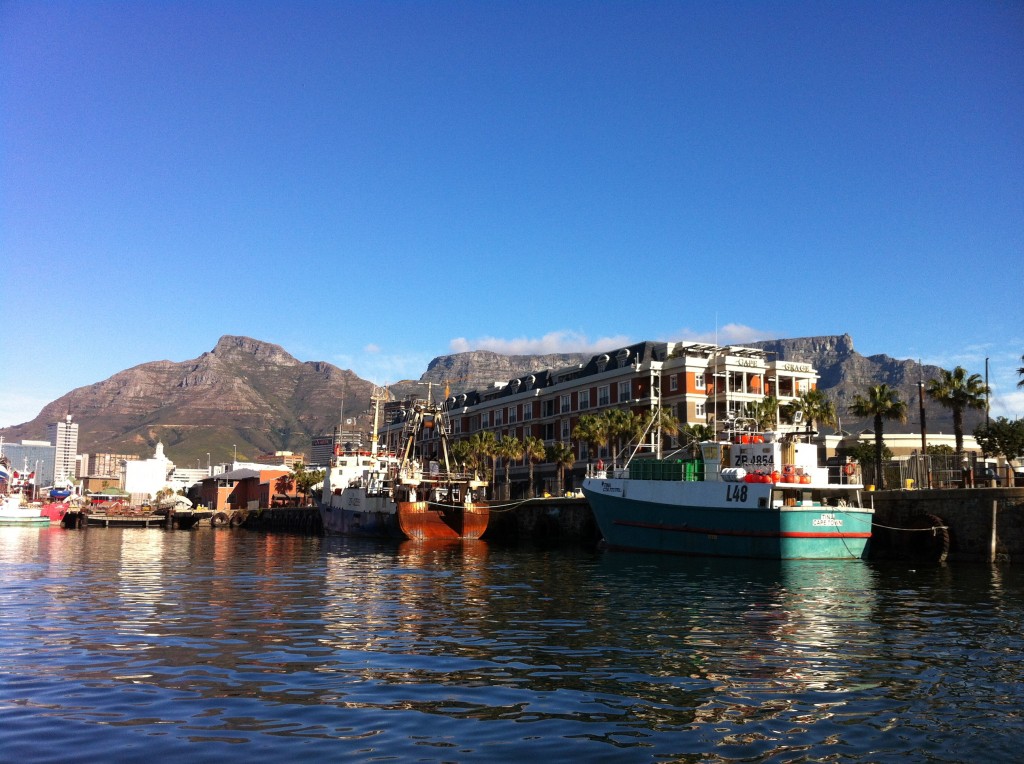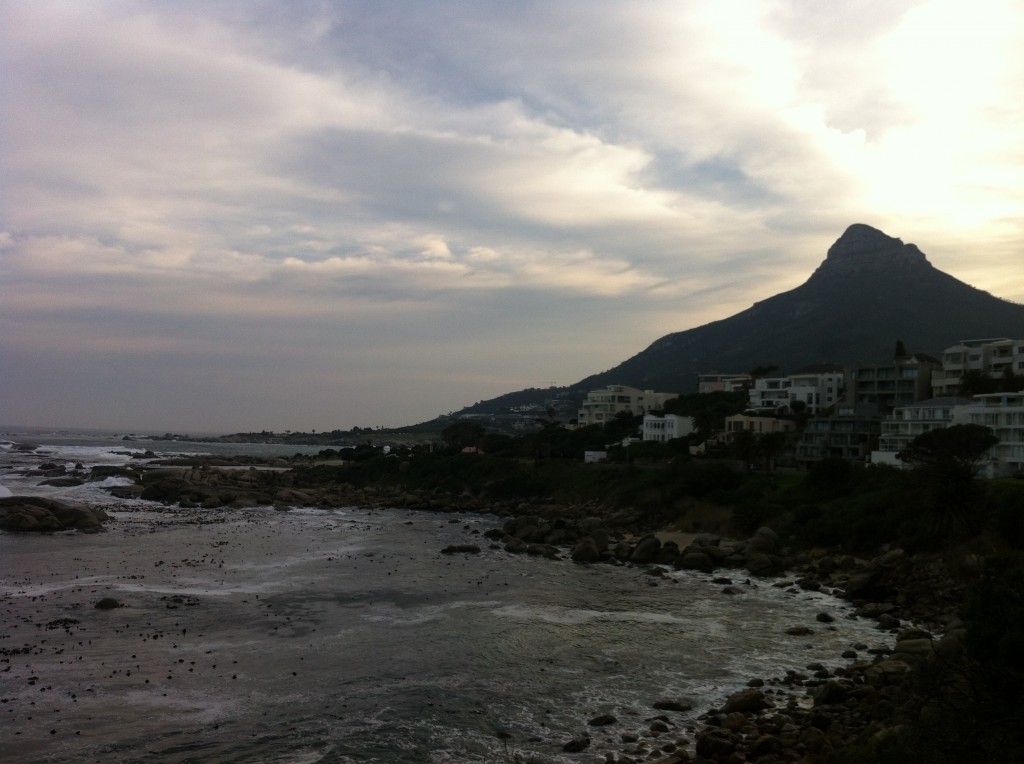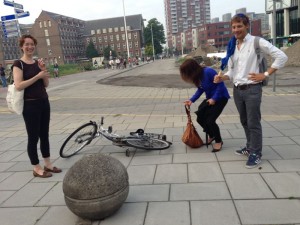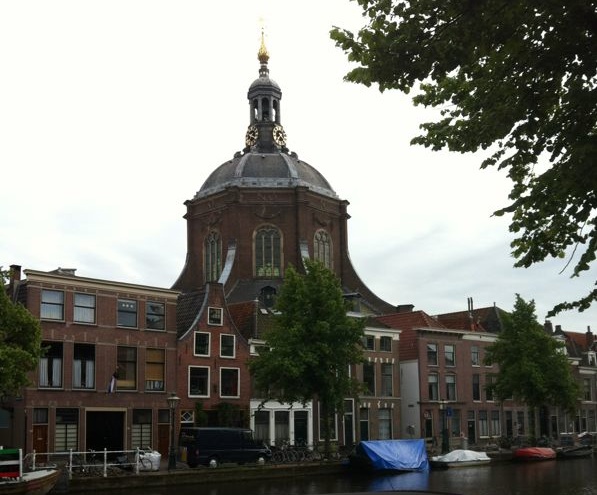Young residents and psychiatric patients have a lot in common. A paranoid attitute towards their colleague, repetitive patterns, obsessive checking behaviours, intrusive thoughts (will my patient survive?!) and they both spend the summer near their usual hospital. Sometimes practically inside it. So I was particularly glad to leave my Department for a few days and attend the annual BAP summer meeting thanks (thanks!) to the University of Southampton. The BAP meeting was in Harrogate, a place with the right atmosphere for a novel by one of the Brontë sisters. I had never been that far north.
The British Association of Psychopharmacology support various educational programs so not surprisingly there were many researchers under 35 attending, among them some other EUSARNAD exchangees such as Ben Ainsworth and Andy Crawford. It’s a great opportunity to make friends and meet like-minded young researchers as well as gaining wisdom from some of the more experienced members. One of my personal highlights of the meeting was the Blogging service, managed by Suzi Gage, a PhD student from the University of Bristol whose blog appears in the Guardian website.
It’s impossible to attend all of the sessions, but I gave it my best go, including an introduction to computational modelling in psychiatry that left me pretty interested and with many doubts at the same time (and also a little dazed!). A session of particular interest to me anxiety disorders session was chaired by David Baldwin and David Nutt, hosting one of the EUSARNAD mentors as a speaker, Nick Van der Wee, with a talk on possible improvements in drug treatment in anxiety disorders. The whole symposium focused on experimental medicine with Gerry Dawson illustrating the P1vital programme and Sally Adams from Bristol showing the results of her group’s studies on cognition and face-processing.
The University of Southampton’s Matt Garner revealed the results on his development of an experimental model of GAD – I had the chance to see the CO2 model while in Southampton last summer and I was surprised about this efficient way to provoke an anxious state in healthy controls, which is useful for better understanding of GAD. The poster sessions were pretty crowded and someone even had an interest in my work (!) on the duration of untreated illnesses.
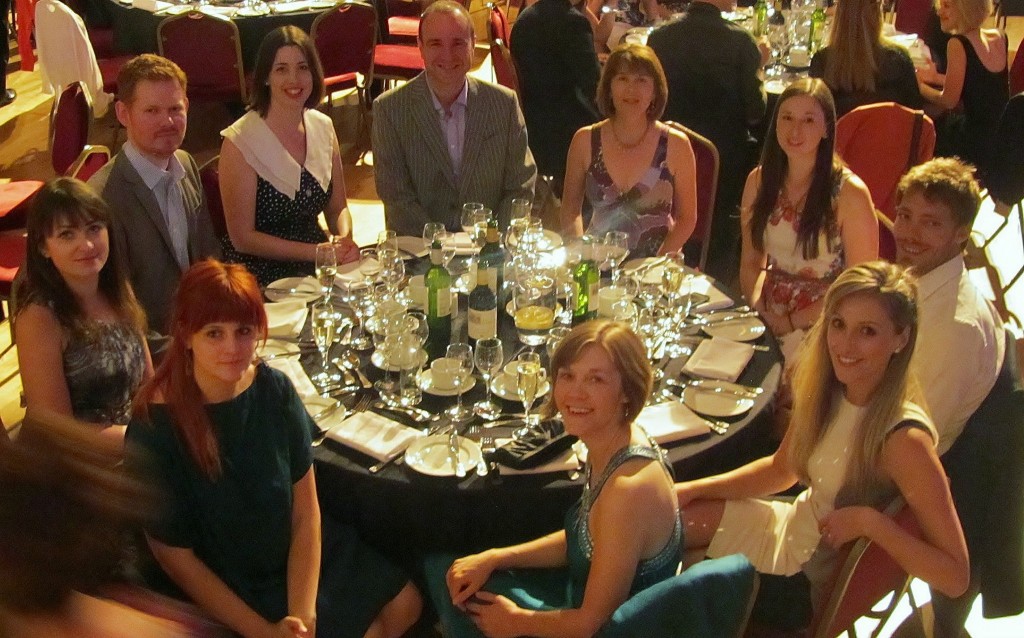
The Southampton University BAP Delegation, including EUSARNAD members Carlotta Palazzo, Ben Ainsworth and Professor David Baldwin (as well as some members-to-be)
During the last evening, a formal dinner was held in Harrogate theatre where many young researchers, both undergraduate and postgraduate, received awards and recognition for their achievements over the last couple of years. Later on, the Lifetime Achievement Award was this year dedicated to Charles Marsden, who gave a great speech covering his impressive and eclectic career. Overall, it was a really interesting conference and I felt pretty lucky to have the chance to attend, and meet so many people who were previously just named authors on journal articles I read! And, let’s say it: how many of you guys have a photo taken by David Nutt?
– Lotte

